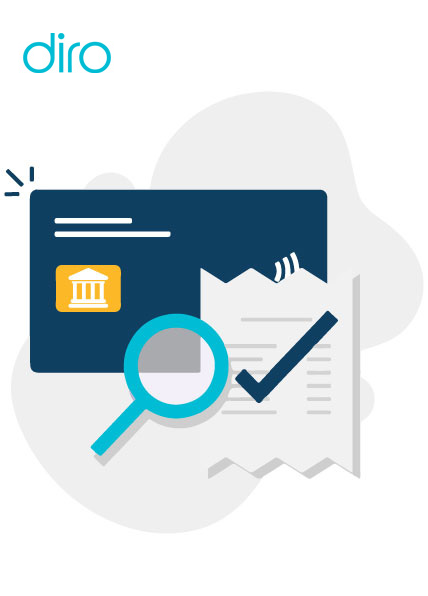Flaws in Knowledge-Based Authentication (KBA)

Knowledge-based authentication (KBA) has been the industry standard for over 20 years as a method of identity verification. KBA has been an outdated mode of verification for a long time. This is a flawed approach to verifying identities as it uses stagnant data. The same data has been breached and accessed by thousands of users worldwide. Personal data and knowledge-based questions’ answers are readily available on the dark web.
Fraudsters have become more proficient in answering all the credit-based questions than the people who have to rely on the quizzes.
This flaw was first recognized in 2015, which led the National Institute of Standards and Technology (NIST) to limit the use of KBA in their latest version of Special Publication. The latest publication is the most widely used ID verification standard in the United States.
However, KBA is commonly used by state and local agencies to verify identities. The most common uses include motor vehicle registration, online portal access, and notarization.
KBAs are considered to be the backup for manual identity verification. But it’s still not a good enough solution, as KBA data has been breached multiple times. Personally identifiable information goes as low as $1 on the dark web.
Current Problem with KBAs
The biggest problem with KBAs is that the data is available with ease almost everywhere on the dark web. Once fraudsters have answers to questions, they’re easily able to bypass security measures and gain illegal access to user accounts.
Fraudsters often find methods of least resistance to gain access to illegal access to systems. If businesses choose to use knowledge-based authentication to verify identities, they are only using a flawed method.
To properly identify identities and verify users with ease, businesses need to move forward from Knowledge-Based Authentication (KBA). Solutions like the DIRO document verification tool and other verification solutions can help businesses verify the identities of users, ideally.
DIRO’s document verification solution can quickly and accurately verify identities and prevent the risk of fraud while ensuring the integrity of user accounts.
Why Businesses Shouldn’t Rely on KBA
Hackers and fraudsters have exploited the breaches and data thefts to quickly bypass the login systems. Using solutions like DIRO document verification can help businesses with far more accurate verification and huge cost savings.
1. Flaws in KBA
The biggest flaw in KBA lies in its reliance on static and outdated information. Information like Social Security numbers, addresses, and personal details is easily stolen.
Hackers and fraudsters have exploited these breaches regularly to collect necessary information. Moreover, the easy availability of personal data on the dark web and social media has significantly reduced the effectiveness of KBAs.
2. NIST Non-Approval of KBA
The NIST has made KBAs a non-approved technology in their latest version of Special Publication 800-63-3. This highlights a growing acknowledgment of KBA, which highlights how ineffective the knowledge-based authentication process is.
KBA’s deprecation signifies a need for more secure and sophisticated alternatives to make sure accounts are verified properly.
3. Risks of Relying on KBA
Businesses that solely rely on KBAs are at a serious risk of hurting their business. It makes sense that state agencies use KBA for verifying the identity of users, as it’s easy to use and familiar.
With modern cybersecurity threats becoming increasingly sophisticated, businesses and governments need to use a more secure solution.
4. Adoption of Biometrics
Using biometric verification in the identity proofing process can enhance the security of the process. Biometric data is unique to each individual and cannot be easily replicated or stolen.
Technologies such as fingerprint recognition, facial recognition, or retinal recognition can provide a more robust and secure way of verifying identities.
5. Behavioral Analytics
Instead of using biometric data, businesses can use behavioral analytics data to verify if a user account has been hacked. By using a user’s behavior patterns, such as typing speed, mouse movements, or smartphone usage habits are unique to each user.
Any sudden change in the patterns of a user can be an indicator of fraud.
Final Take
Relying on Knowledge-based authentication (KBAs) for identity proofing has been flawed for a long time. Relying on data that has been breached and stolen countless times to identify a user isn’t a great idea.
By using more secure options like the DIRO document verification solution, businesses can quickly and easily identify user identities.













